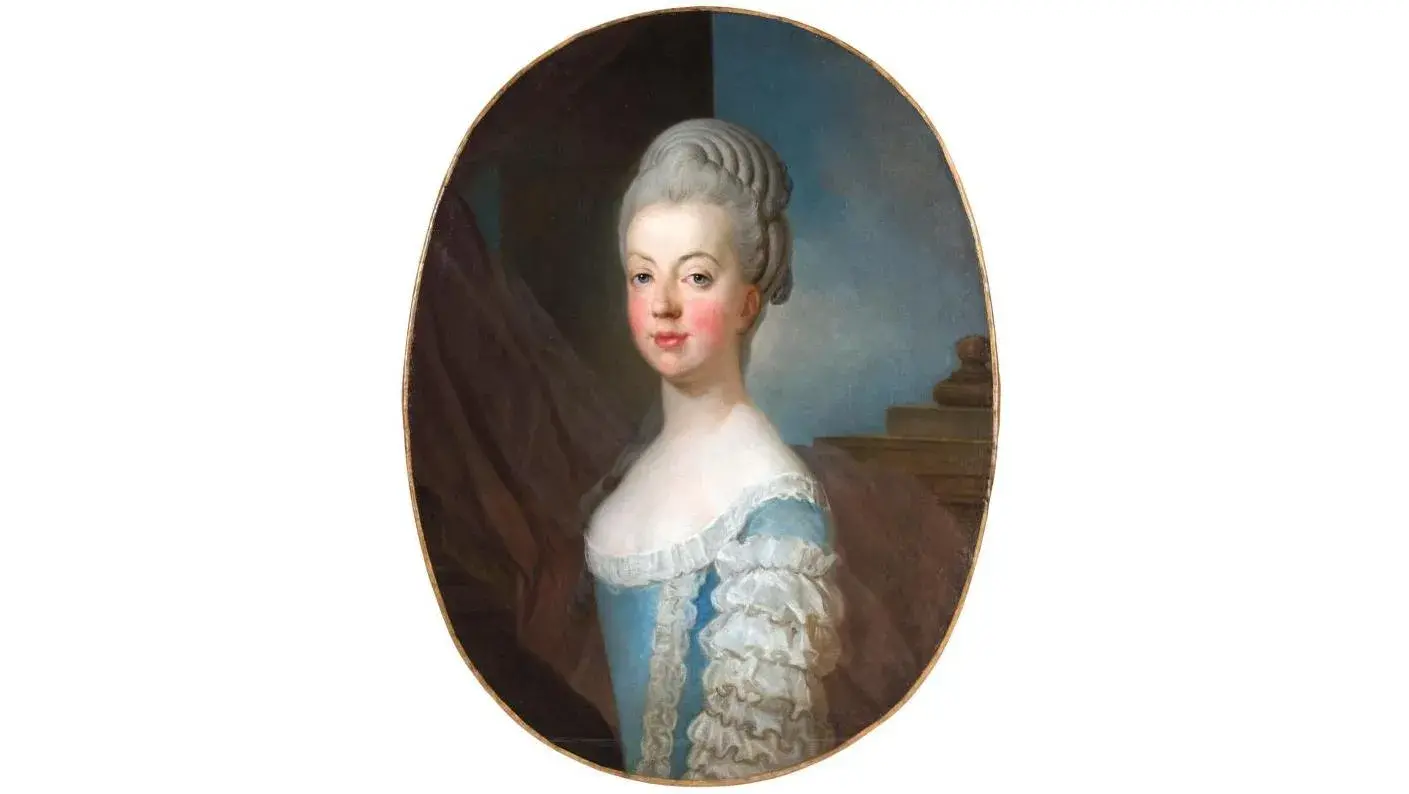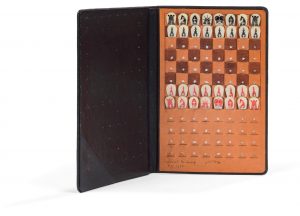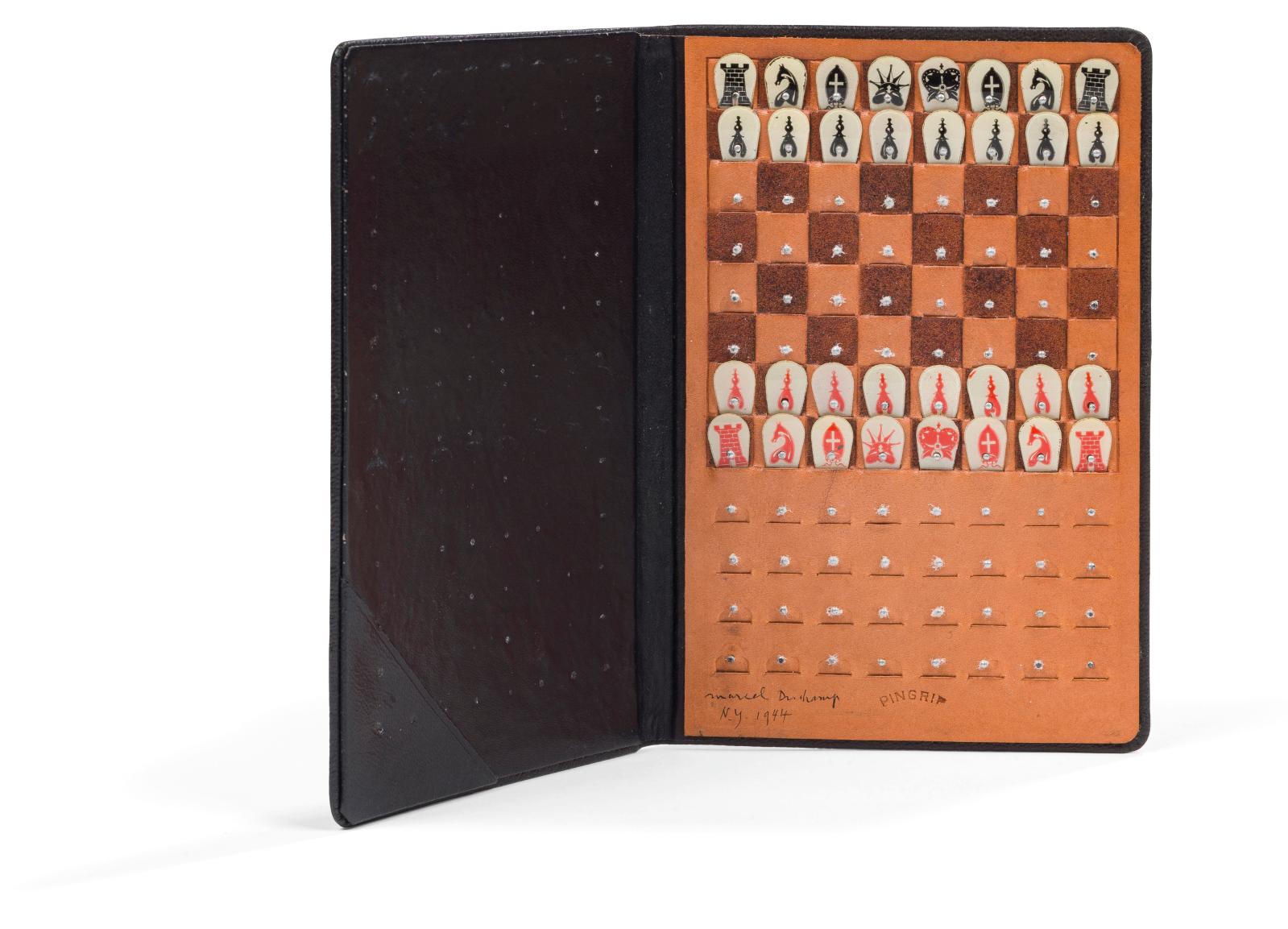Mementoes of Louis XVI and Marie-Antoinette Garner Right Royal Results
Published on

Royal memorabilia of Louis XVI, Marie-Antoinette and little Louis XVII always fetch high prices, as these relics of a bygone age enjoy a real niche market. Joseph-Siffred Duplessis and his studio (1725-1802), Portrait of the Dauphine of France, Marie-Antoinette of Habsburg-Lorraine (1755-1793) , oil on canvas, 74 x 56.5 cm/29.1 x 22 in (detail). Neuilly-sur-Seine, November 25, 2021. Aguttes auction house.Result: €175,000 January is an emotional month for French monarchy lovers, as it was on January 21, 1793 that Louis XVI was led to the scaffold. And, judging by the fine and ever-rising results obtained by royal memorabilia at auction, it is clear that nostalgic fans abound, and










